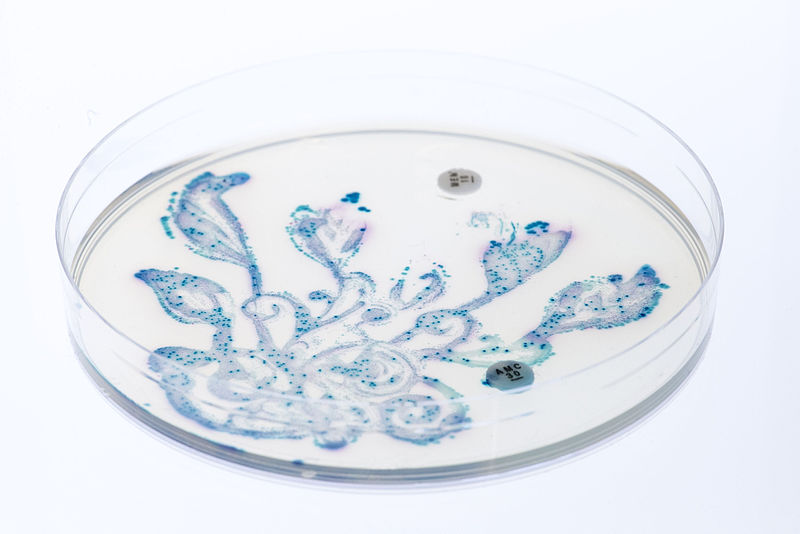Milk and Aging: Why Milk Fat Percentage Matters
Milk has become a controversial topic in conversations about health and wellbeing. On one hand, milk is a good source for vitamins and minerals including calcium, potassium, and vitamin D. These vitamins and minerals, along with others, help promote the health of the heart, the brain, and the bones. Despite these benefits, it is important to note that not all milk is created equal. One of the easiest ways to differentiate milk is through fat content. Milk can be classified into four main categories: whole milk, 2% milk (reduced fat), 1% milk (low fat), and nonfat (or skim) milk. A 2019 study at Brigham Young University found an association between milk fat intake and the rate of aging. In fact, researchers suggest that even drinking 1% instead of 2% milk can contribute to up to 4.5 years of less aging in adults. This article will explore the differences between these milk fat percentages and how the researchers arrived at this conclusion.
The percentage on a milk package informs the consumer about the fraction of milk that is made up of milkfat by weight. Consumers may be surprised to find out that whole milk only consists of approximately 3.5% butterfat. The difference between the percentages may not seem like much, but researchers suggest that there is enough of a difference to affect the rate of biological aging in adults.
The percentage on a milk package informs the consumer about the fraction of milk that is made up of milkfat by weight. Consumers may be surprised to find out that whole milk only consists of approximately 3.5% butterfat. The difference between the percentages may not seem like much, but researchers suggest that there is enough of a difference to affect the rate of biological aging in adults.
How did they test this? The study examined nearly 6,000 adults who were assessed on both their milk intake frequency and the type of milk consumed. To determine how these factors may affect aging, researchers also examined telomeres of the subjects. Telomeres are the DNA sequences located at the end of human chromosomes that protect the chromosome when it divides. Telomeres are highly correlated with age: every time a cell replicates, it loses part of its telomeres. As a result, the older an individual is, the more his or her cells have undergone replication, and thus the shorter their telomeres.
The study showcased that the greater the fat percentage that individuals consume, the shorter their telomere length. More specifically, the study revealed that for every 1% increase in milkfat content, telomeres were approximately 69 base pairs shorter. This translates to a difference in four years of biological aging when comparing 1% milk consumers and 2% milk consumers. Additionally when comparing whole milk and nonfat milk, whole milk consumers had telomeres that were 145 base pairs shorter than nonfat milk consumers. Surprisingly, individuals who did not drink milk at all had shorter telomeres than individuals who consumed 1% milk. Ultimately, the study suggests that 1% and nonfat milk are the healthiest options with respect to biological aging.
This study indicates that contemporary conversations about milk should shift away from declaring whether milk is good or bad for health. Instead, it is more important to be aware about what kind of milk one consumes. When being more mindful about the foods and drinks consumed, individuals are better able to ensure a healthier future for ourselves and our loved ones.
The study showcased that the greater the fat percentage that individuals consume, the shorter their telomere length. More specifically, the study revealed that for every 1% increase in milkfat content, telomeres were approximately 69 base pairs shorter. This translates to a difference in four years of biological aging when comparing 1% milk consumers and 2% milk consumers. Additionally when comparing whole milk and nonfat milk, whole milk consumers had telomeres that were 145 base pairs shorter than nonfat milk consumers. Surprisingly, individuals who did not drink milk at all had shorter telomeres than individuals who consumed 1% milk. Ultimately, the study suggests that 1% and nonfat milk are the healthiest options with respect to biological aging.
This study indicates that contemporary conversations about milk should shift away from declaring whether milk is good or bad for health. Instead, it is more important to be aware about what kind of milk one consumes. When being more mindful about the foods and drinks consumed, individuals are better able to ensure a healthier future for ourselves and our loved ones.
Featured Image Source: manolofranco
RELATED ARTICLES
|
Vertical Divider
|
Vertical Divider
|
Vertical Divider
|






